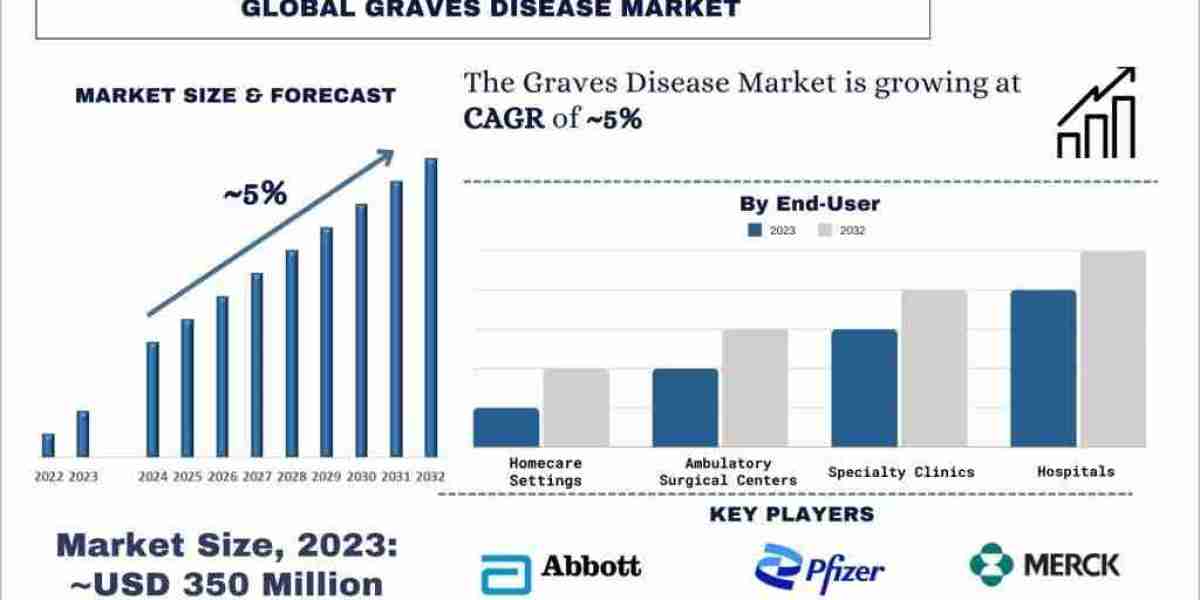The vaccine packaging market has evolved dramatically over the past few years, responding to the increasing complexities of vaccine development, distribution logistics, and regulatory expectations. Recent developments in this sector are not just about preserving vaccine integrity but also about improving operational efficiency, reducing environmental impact, and ensuring patient safety across global healthcare systems.
One of the most critical developments is the advancement in primary packaging materials. Traditionally, glass vials have been the dominant form of vaccine packaging due to their strong barrier properties and compatibility with various formulations. However, recent trends indicate a shift toward more resilient and versatile materials such as cyclic olefin polymers (COP) and cyclic olefin copolymers (COC). These advanced plastics offer high break resistance, excellent clarity, and minimal interaction with sensitive vaccine components. Their increasing use in single-dose formats like prefilled syringes is enhancing usability and patient compliance while reducing contamination risks.
In addition to material innovations, the market is seeing rapid progress in smart and connected packaging technologies. With the rising need for traceability and quality control, pharmaceutical companies are integrating RFID tags, QR codes, and NFC chips into packaging. These features enable real-time tracking of temperature, location, and tamper evidence throughout the supply chain. As a result, manufacturers, healthcare providers, and regulatory bodies can ensure that vaccines are stored and handled under precise conditions, reducing the chances of spoilage or misuse.
The cold chain infrastructure is another area undergoing significant development. Vaccines often require strict temperature control during transportation and storage, especially those based on mRNA or other sensitive platforms. In response, companies are innovating with thermally insulated shippers, phase change materials (PCMs), and vacuum-insulated panels that maintain optimal conditions for longer durations. Some packaging systems now come equipped with digital sensors that alert distributors in case of temperature excursions, helping preserve the integrity of the vaccines across the last mile of delivery.
Another key development in the vaccine packaging market is the adoption of sustainable packaging practices. As environmental concerns mount, pharmaceutical companies and packaging manufacturers are investing in recyclable and biodegradable materials. Efforts are being made to reduce the use of excessive secondary packaging and to streamline logistics to lower carbon footprints. For example, lightweight yet durable packaging designs are gaining popularity, offering both protection and transport efficiency. Many companies are now aligning their packaging strategies with global sustainability goals while maintaining regulatory compliance and product safety.
The rise of prefilled syringes and auto-injectors has further transformed the vaccine packaging landscape. These delivery formats are gaining momentum due to their ease of use, reduced risk of dosage errors, and time-saving benefits during mass vaccination campaigns. Packaging developments for these formats focus on ensuring sterility, tamper-proof features, and user-friendly designs. Blister packs and protective trays are being re-engineered to accommodate prefilled devices while minimizing breakage and contamination during transit.
Automation is also playing a pivotal role in recent developments. With rising demand for rapid vaccine production and delivery, automated packaging lines are becoming standard across manufacturing facilities. These systems enable high-speed filling, labeling, and sealing, significantly reducing human error and contamination risks. Robotics and vision inspection systems are being integrated to ensure precision and consistency, especially in large-scale vaccine rollout programs.
Beyond physical components, digitalization is enhancing the regulatory and documentation processes in packaging workflows. Electronic batch records, digital audit trails, and cloud-based inventory systems are streamlining operations, enabling quicker approvals, and reducing administrative bottlenecks. These digital solutions are particularly valuable in scenarios where traceability and rapid response are critical, such as during pandemics or outbreak emergencies.
Geographically, emerging markets in Asia-Pacific and Latin America are experiencing major developments in vaccine packaging capacity. As governments invest in vaccine manufacturing infrastructure, local companies are upgrading packaging capabilities to meet global standards. Strategic collaborations with international firms are also helping transfer technology and best practices to these regions, contributing to a more robust and resilient global supply chain.
Collaborative efforts between pharmaceutical companies and packaging specialists have become a hallmark of recent progress. These partnerships are accelerating innovation in design, testing, and scalability. For example, co-development of specialized packaging for new-generation vaccines, such as thermostable formulations, is becoming more common. This cross-industry cooperation ensures that packaging solutions are tailor-made to support the latest therapeutic breakthroughs.
In summary, the vaccine packaging market is witnessing a wave of transformative developments across material science, digital integration, cold chain solutions, and sustainability. These advancements not only ensure the safety and efficacy of vaccines but also position the market for future challenges and opportunities. As the global demand for efficient immunization continues to rise, the importance of innovative and resilient vaccine packaging will remain at the forefront of healthcare logistics.




